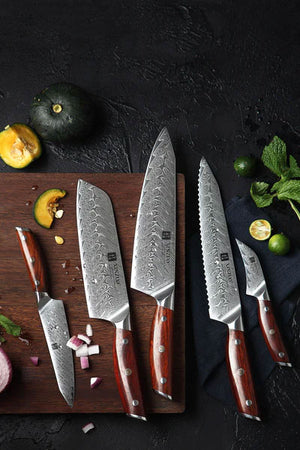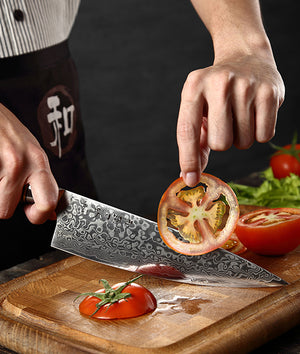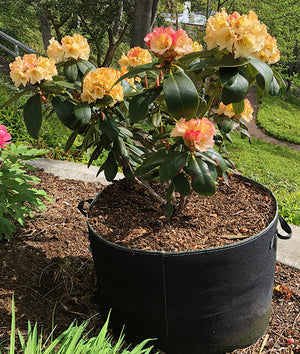Bone Chopping Knife
Cutting through bone can be incredibly difficult – bone is hard, strong, and it can also be slippery, among other things. That’s why these days, we have we have specialized knives to cut through bone.
These knives tend to have thick, heavy, and sharp blades that make them suitable for butchering poultry or meat. They’re not normally used for everyday tasks like slicing or chopping up vegetables or other soft ingredients, as a bone chopping knife is just... Show More
Cutting through bone can be incredibly difficult – bone is hard, strong, and it can also be slippery, among other things. That’s why these days, we have we have specialized knives to cut through bone.
These knives tend to have thick, heavy, and sharp blades that make them suitable for butchering poultry or meat. They’re not normally used for everyday tasks like slicing or chopping up vegetables or other soft ingredients, as a bone chopping knife is just far too heavy duty for something like that.
But you don’t need to be a professional chef to have a large bone chopping knife, although it probably is more common for commercial chefs and butchers to have them than home cooks.
So, if you’re considering buying one for yourself, we’re going to give you a little bit more insight into this specialized knife – we’re going to give you some specifics on the structure of the knife and the materials from which the best heavy-duty bone chopping knife, or just an ordinary one, can be made.
Properties of a Bone Chopping Knife
We’ve given you a brief overview of what a bone chopping knife is, but now we’re going to give you a bit more detail about its specific properties.
- Blade Thickness: Because they’re used for heavy-duty chopping of tough and strong bones, bone chopping knives tend to be thicker and heavier than any other ordinary kitchen knife. The thickness of the blade is directly linked to the strength needed to cut through bones without chipping or damaging the blade.
- Blade Shape: As we said, the blade shape tends to be the most recognizable feature – it normally has a pointed or a curved tip and straight edge. This allows for effective bone chopping and precise cuts. It also makes chopping safer.
- Blade Length: The length of a bone chopping knife isn’t set – it has more to do with what is being cut. Naturally, you’d use a knife with a longer blade for larger cuts and shorter blades for smaller cuts. Overall, however, the longer blades do tend to provide more leverage (which can be helpful) and they’re also more versatile.
- Weight and Balance: Since the blade is quite heavy, it’s important that the handle somewhat matches this in order to provide balance.
- Durability: Bone chopping knives are pretty strong and durable because of what they’re made for, but they do need to be kept sharp because they get put through a lot.
Bone Chopping Knife Blade Materials
If you’re looking for the best bone chopping knife, it’s hard to tell you outright what kind of material to opt for, because it depends a lot on what you’re going to be chopping.
Here are some of the options:
- Carbon Steel
- High-Carbon Steel
- Damascus Steel
- Stainless Steel
The first two prioritize strength, especially the high-carbon, stainless steel is known for being non-corrosive, and Damascus steel is viewed by many as the ultimate as it’s strong, durable, and super sharp. But, it all comes down to preference!
Browse our collection of knives now.
Show Less








